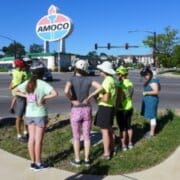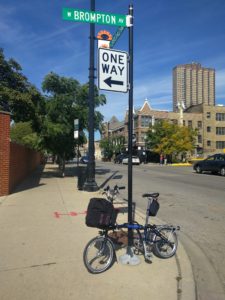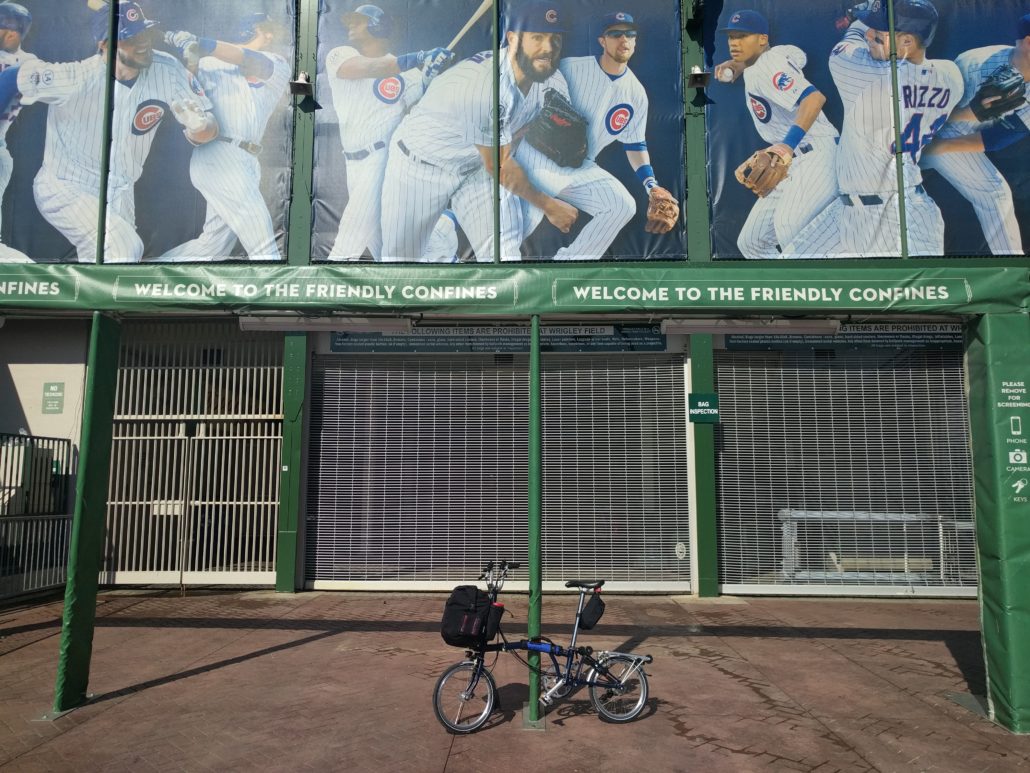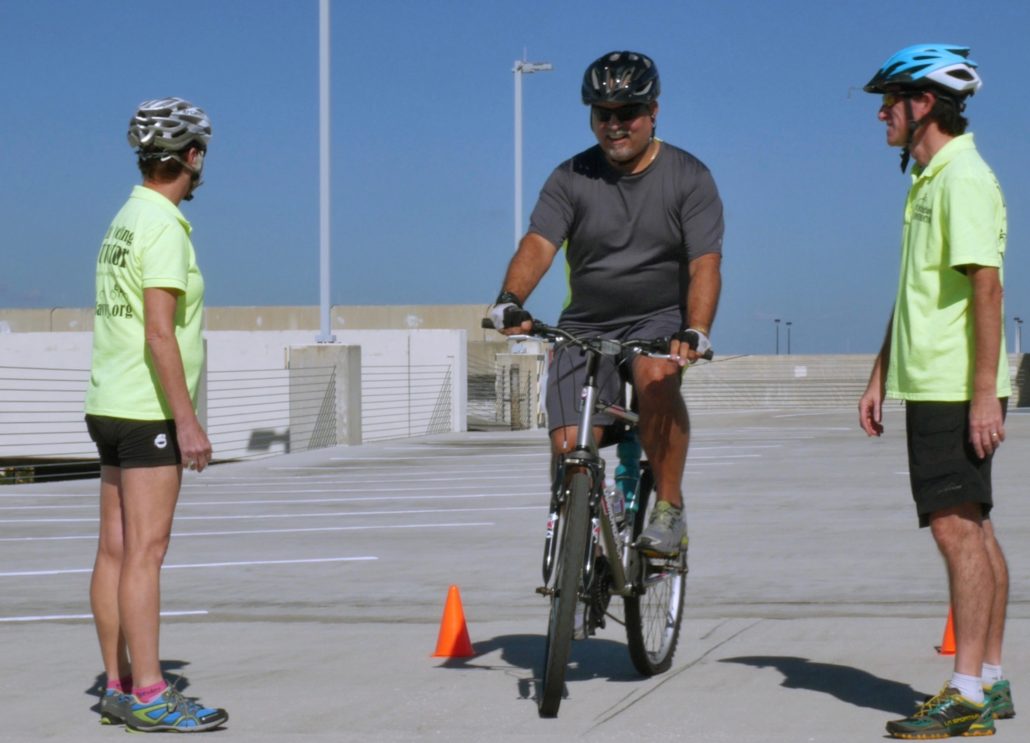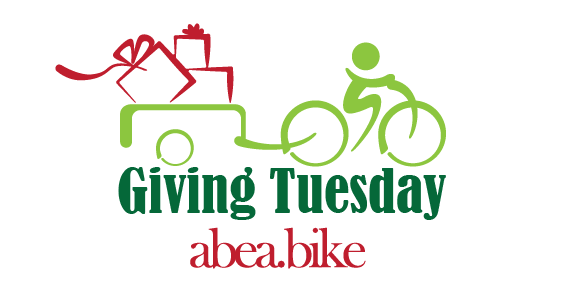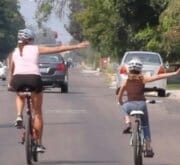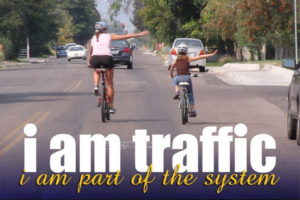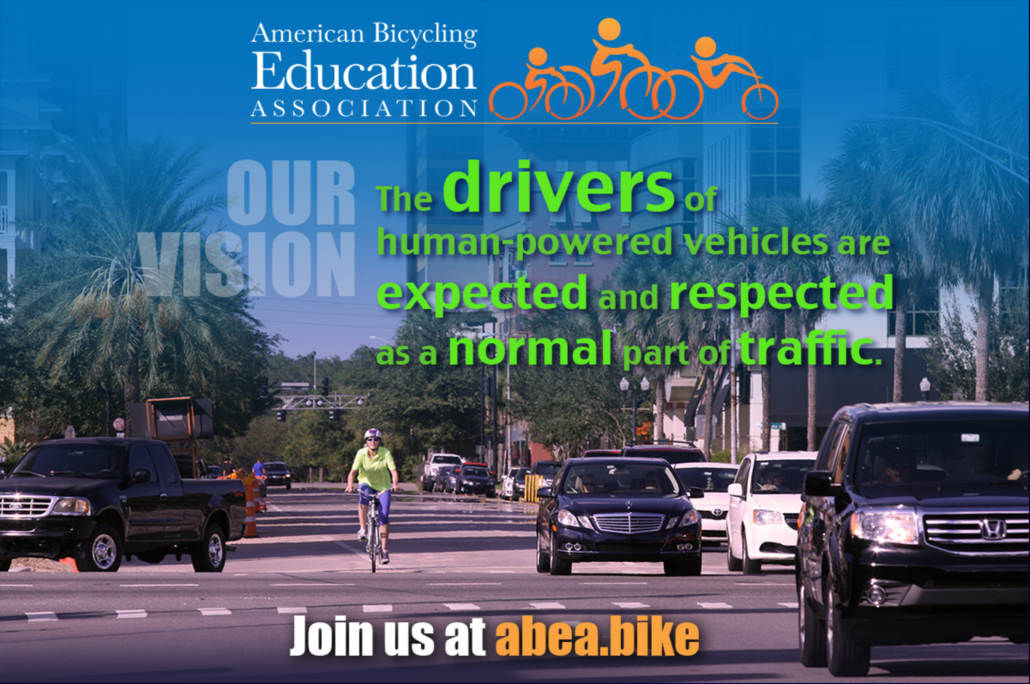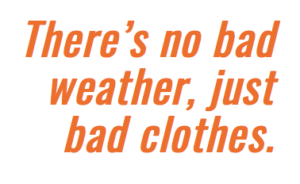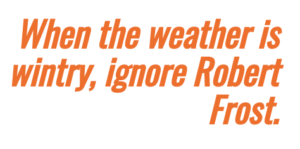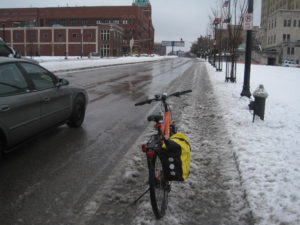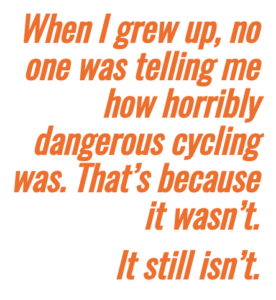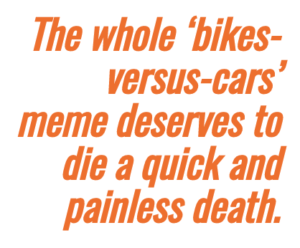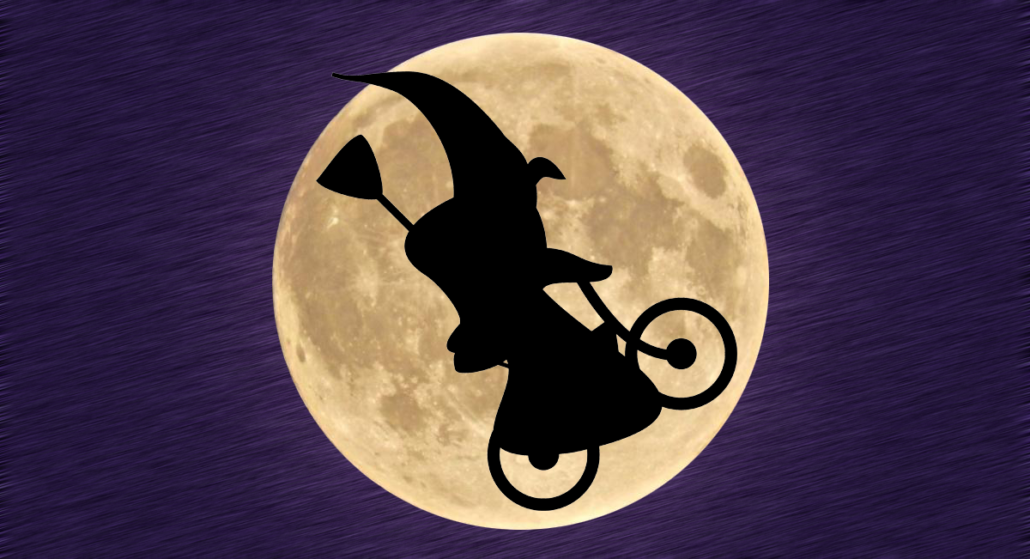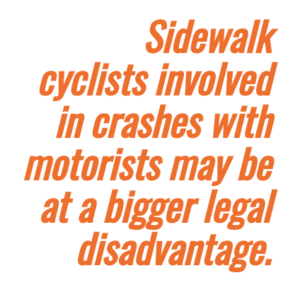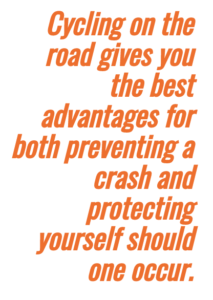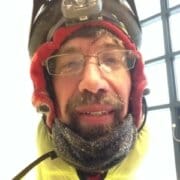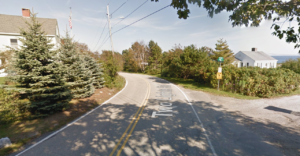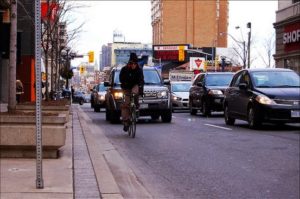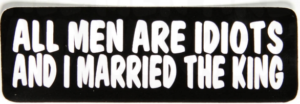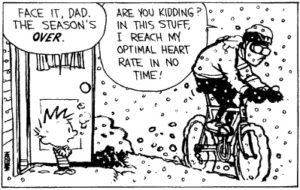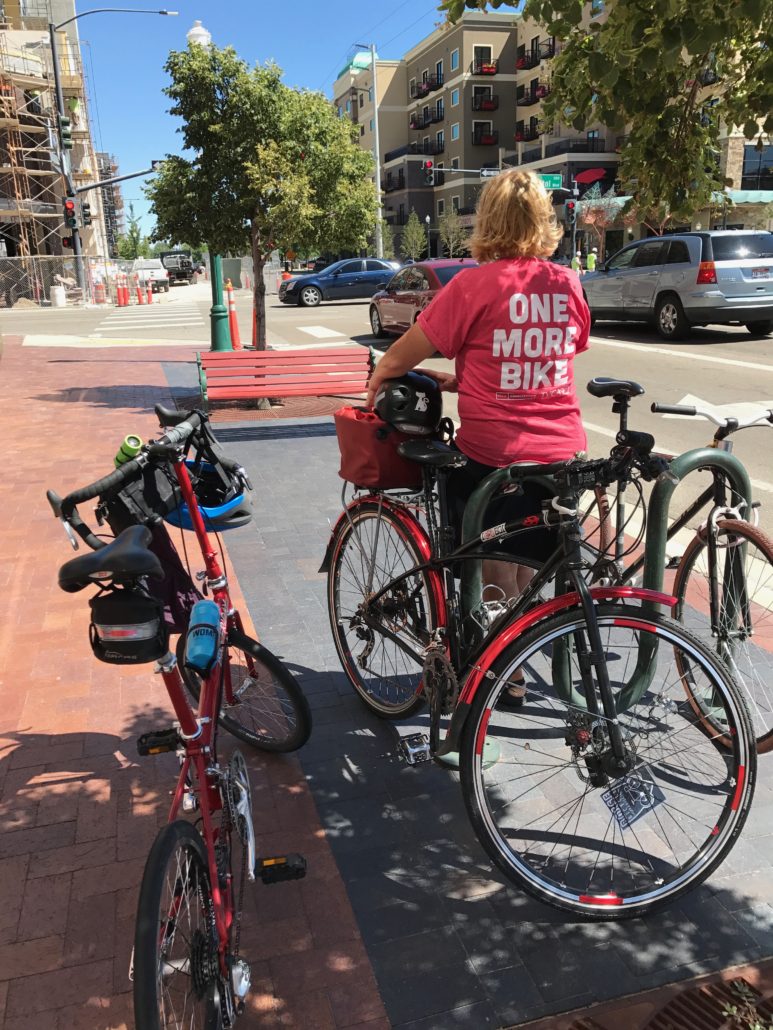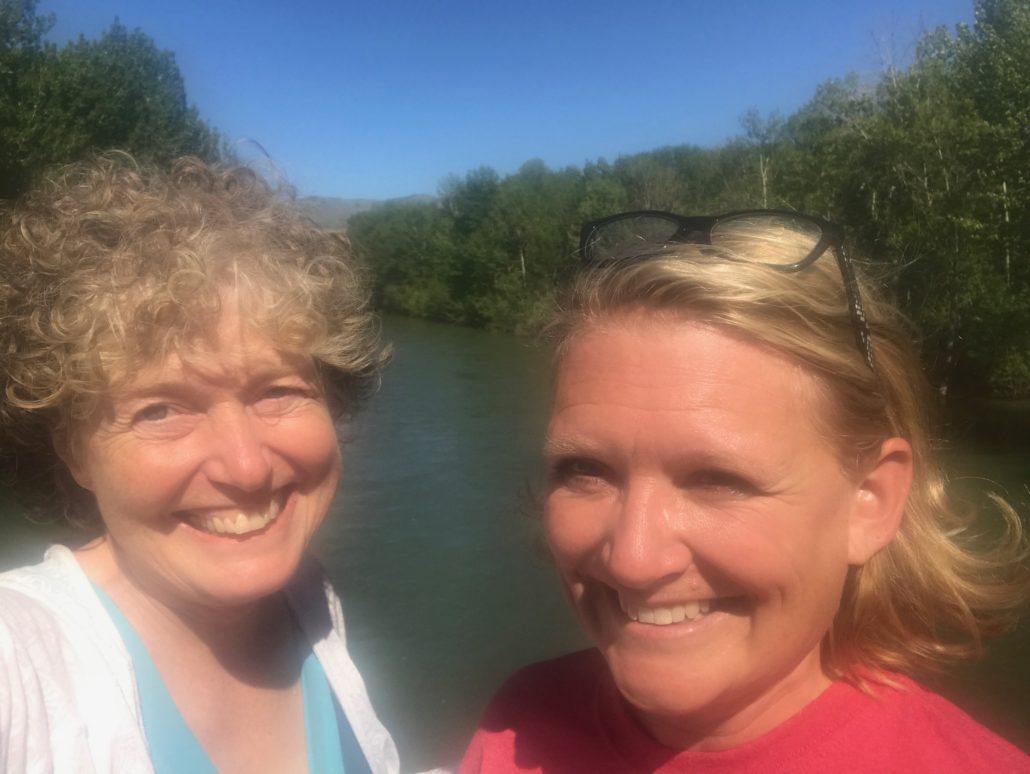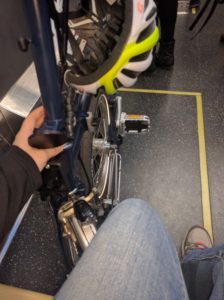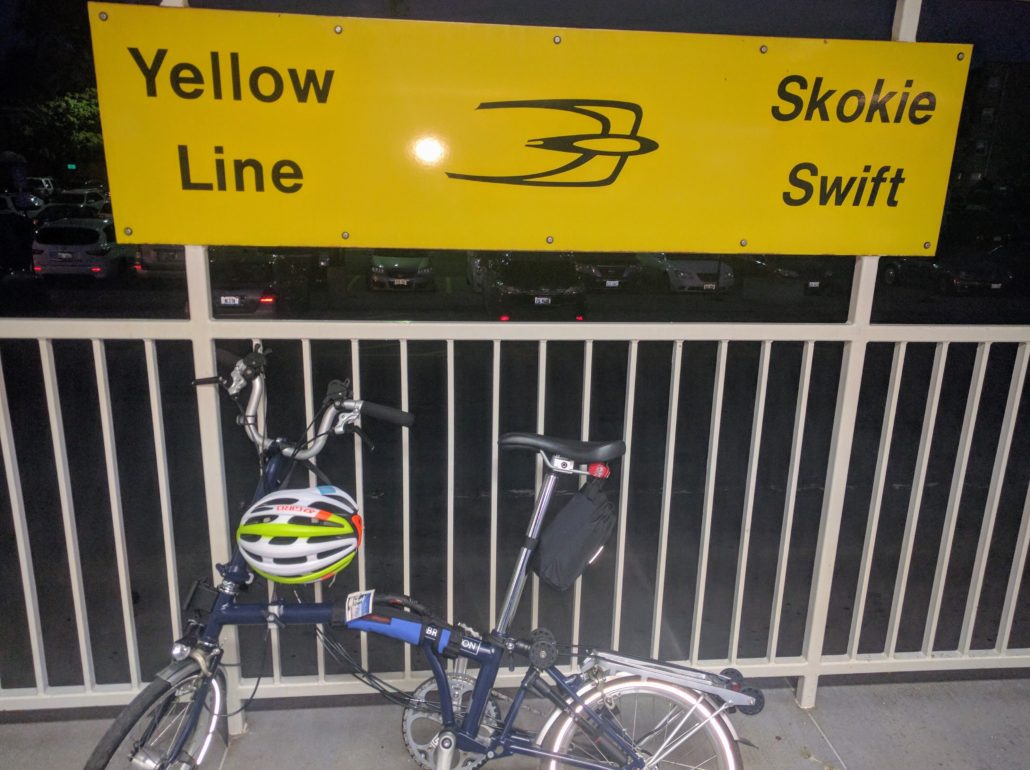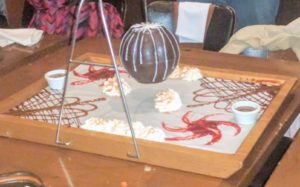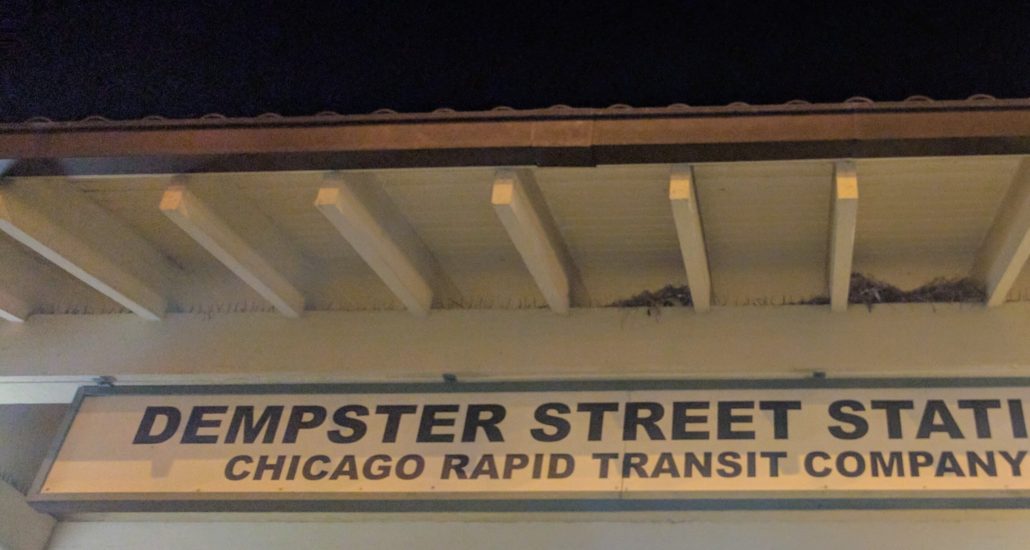The Day CyclingSavvy Saved My Life
With encouragement from my circle of friends, my New Year’s resolution was to make 2016 a year of bicycling. The amount of time I’d spent on a bicycle ebbed and flowed over the decades since I ditched training wheels. As 2016 unfolded, I was making significant progress on the goal: To put more miles on my bike than on my car.
Serendipitously, 2016 would be the year savvy cycling came into my life. I’ll never forget two sentences I heard that summer on an August afternoon:
“If you find yourself to the right of a turning truck, get off the road!” said Instructor Matthew Brown during Truth and Techniques of Traffic Cycling, the classroom session of Cycling Savvy. He was describing why cyclists should never ride to the right of a big truck. “They can’t see you and will crush you as they turn.”
I was taken aback to be hearing this for the first time. Information this important should be part of EVERY conversation about bicycling for transportation!
Matthew further emphasized this point during the next day’s Tour of St. Louis. In Forest Park, he walked us to the corner of Clayton Road and Skinker Blvd. There we observed for ourselves the deep ruts in the ground from off-tracking tractor trailers.

Matthew Brown (holding his son) shows the evidence of big trucks off-tracking as they turn right.
I signed up for CyclingSavvy out of intellectual curiosity. I had been riding for transportation for many years, and was fortunate to have picked up some best practices.
I went into the workshop already feeling confident about bicycling in the travel lane. I already signaled my turns, stayed out of the door zone, rode in the same direction as other traffic, used lights at night and had decent bike handling skills. Ten hours later I headed out with new techniques and ideas in my back pocket, should the need arise.
A few months later I found myself with an afternoon to explore Chicago by Brompton. Encouraged by my Sweet Success in Skokie the previous evening, I was excited to enjoy a beautiful fall afternoon. I scribbled a few addresses and directions on a piece of paper, and was off with a power pedal to explore Chicago’s north side. With the Cubs in the World Series and the Chicago Marathon taking place, the easiest way to get around the Windy City would be on my flexible and maneuverable vehicle.
I was making my way back from exploring The 606, a former elevated rail track turned into a greenway. I was riding on a road with one travel lane and one bike lane in each direction.
There wasn’t on-street parking to create a door zone. The block was long so I’d have a while before I’d need to negotiate with possible right-turning traffic. The winds were strong that day, which gave me another reason to use the bike lane. I was not moving much faster than a pedestrian.
I pedaled along my merry way. Out of the corner of my eye I saw a yellow blinking light on the bus passing me in the travel lane. In a split second I had both hands on my brakes, pedals level, and torso over my saddle, throwing my weight back in an emergency stop.
Seemingly oblivious to my presence on the road, the bus driver pulled the bus over to its stop right in front of me.
I put a foot down and watched as while the bus loaded and unloaded.
I took several deep breaths and attempted to compose myself. My understanding of traffic patterns, bicycle handling skills, and brakes in good working order had just saved my life.
I don’t know why I was irrelevant to the bus driver. Perhaps he or she saw me and underestimated my speed. Understandably, the driver’s attention was probably on the traffic in front of the bus, and on the passengers on the sidewalk waiting to board.
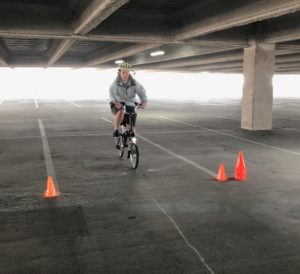
Katherine practicing Quick Stop during Train Your Bike, CyclingSavvy’s parking lot skills session
In a perfect world, I would have done more route planning. That day my route planning consisted of a quick check to make sure streets I was using didn’t have door-zone bike lanes. After all, this was a leisurely afternoon ride. If I wasn’t having fun I’d hop on transit.
A bicycle lane on a road with regular bus service wouldn’t be my first choice–nor were Chicago headwinds. In my estimation the benefit of traveling at a slow pace outweighed the risk of riding in that bike lane. It was my choice that day in heavy traffic conditions with no other release option.
Without a doubt, CyclingSavvy saved my life that afternoon.
Being an empowered bicycle driver turned a potentially deadly situation into a footnote on an otherwise delightful trip. I’m thankful for the simple ways I can keep myself safe on the road.

